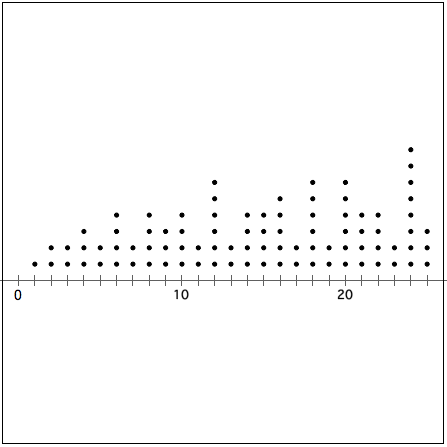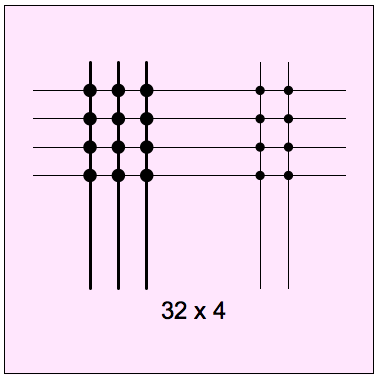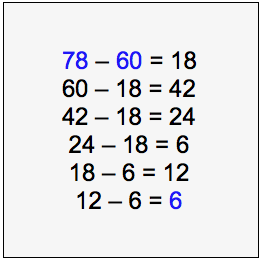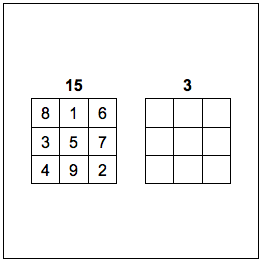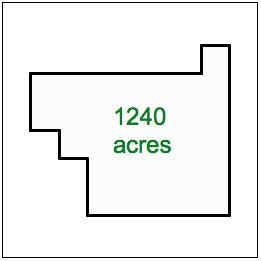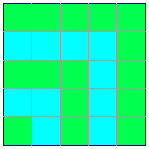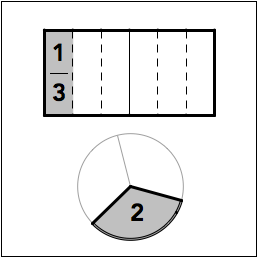5280 Math Content Guide
GRADE 5
CMP Content Guide: Intro Grade 1 Grade 2 Grade 3 Grade 4 Grade 5 Grade 6 Grades 7 and 8
Suggestions for Getting Started
Click on a prompt to get either (1) an enlarged pdf that you can display or copy, or (2) a page of supporting notes. I am working on writing supporting notes for every prompt, but this will take time. Feel free to request prompts that you would like me move to the top of my list!
Notice that Creative Math Prompts do not have directions. You and your students decide what questions to ask. Prompts that have supporting notes will give you some ideas, but don’t be afraid to explore the prompts that don’t have notes yet!
Watch for prompts that make connections across topics. They appear in more than one content category.
Explore beyond your grade level. Depending on your students and your curriculum, prompts from one or even two grades before or after the grade you teach may sometimes work better than the ones listed here! Also, the prompts are very open-ended, so you may be able to continue using prompts that have already been used by teachers at earlier grade levels!
Read about tips and suggestions for Using Creative Math Prompts.
Please contact me if you have a new idea for a Creative Math Prompt, especially for the few content areas that lack one. I will give you credit!
CONTENT
CREATIVE MATH PROMPTS
Number Theory
arrays; factors; divisibility; prime and composite numbers; square numbers; prime factorizations
Whole Number Operations and Place Value
addition, subtraction, multiplication, and division of whole numbers with a focus on place value and algebraic properties (commutative, associative, and distributive), number bases, exponential notation and powers of ten
Angles and Polygons
drawing and measuring angles with a protractor; congruent triangles; properties of polygons; tessellations
Please share any ideas you may have for this content area!
Division
place value; strategies and algorithms; remainders and interpreting remainders, dividing decimals; connections to fractions
Fractions and Mixed Numbers
representing, estimating, comparing, and ordering; fraction-decimal relationships; adding and subtracting fractions and mixed numbers; fractions of fractions; multiplying fractions and mixed numbers; dividing a whole number by a fraction
Data
collecting, organizing, displaying, and interpreting; bar and circle graphs; “mystery” plots; sample size; line plots and stem-and-leaf plots
Algebra
properties of operations; patterns; exponents; the standard order of operations; writing and evaluating simple algebraic expressions; integer addition and subtraction; two-dimensional coordinate graphs; pan-balance problems; rules, tables and graphs (connections)
Measurement
area models for representing and multiplying fractions; composite areas; area-perimeter relationships; circumference of circles; volume of prisms; metric area and capacity; surface area (concept)




